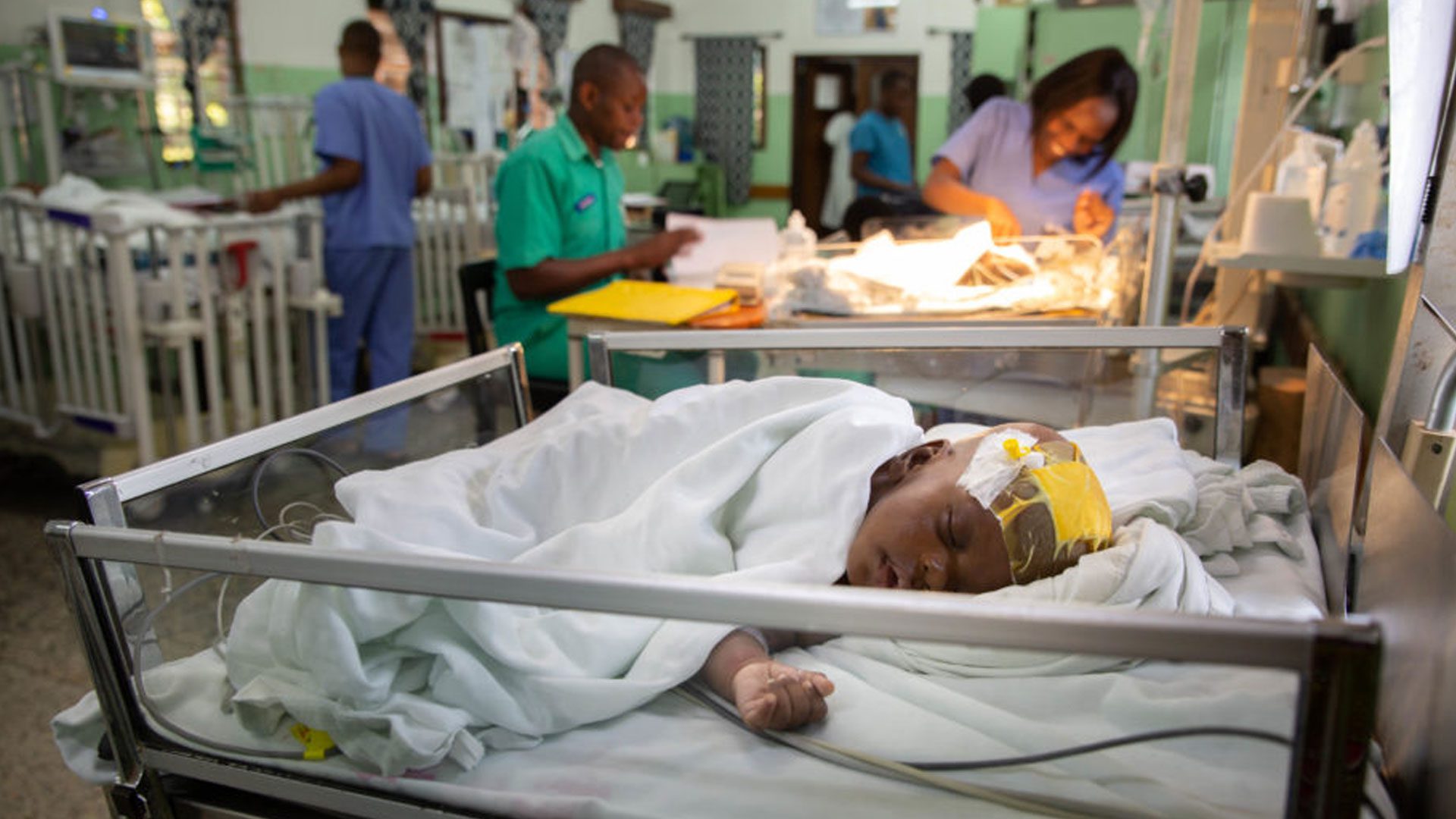Hydrocephalus in Uganda: the predominance of infectious origin and primary management with endoscopic third ventriculostomy
Abstract:
Object: The aim of this prospective study was to investigate the causes of hydrocephalus in Uganda, the efficacy of endoscopic third ventriculostomy (ETV) in this environment, and whether existing parameters could be used to guide patient selection.
Methods: Three hundred consecutive children, 81.3% of whom were younger than 1 year of age, underwent ventriculoscopy preceding ETV as an initial treatment for hydrocephalus. In 179 patients (60%) the hydrocephalus was caused by a cerebrospinal fluid infection; in 76% of patients the infection had occurred in the 1st month of life. In 229 patients (76.3%) ETV was performed; 2% of patients were lost to follow up after less than 1 month and the surgical mortality rate was 1.8%. The first ETV was successful in 115 patients (52%); the mean follow-up period was 15.2 months. The mean time to repeated operation following a failed ETV was 1.5 months. Sixty-five patients underwent a second endoscopy; 37 underwent a second ETV, of which 14 procedures (38%) were successful (mean follow-up period 12.25 months). The overall success rate for ETV was 59%. Among patients older than 1 year of age, the procedure was successful in 22 (81%) of 27 with postinfectious hydrocephalus (PIHC) and 18 (90%) of 20 with nonpostinfectious hydrocephalus (NPIHC). The success rate of ETV among those patients younger than 1 year of age was 59% (60 of 101) for patients suffering from PIHC and 40% (21 of 52) for those suffering from NPIHC. Age correlated with success for NPIHC (p = 0.0002) and PIHC (p = 0.0421). The success rate of the surgery for patients with myelomeningocele and hydrocephalus who were younger than 1 year of age was 40% (eight of 20). The success rate of the surgery for PIHC in infants younger than 1 year of age was 70% (44 of 63) among patients with aqueductal obstruction but 45% (14 of 31) among patients with aqueductal patency (p = 0.0254). Fourth ventricular size as demonstrated on cranial ultrasonography or computerized tomography scanning predicted whether the aqueduct was patent (p = 0.0001).
Conclusions: Infection is the most common cause of hydrocephalus in Uganda. In all children older than 1 year of age and in those younger than 1 year of age with PICH and aqueductal obstruction, which was reliably predicted by cranial ultrasonography, ETV was effective.




















